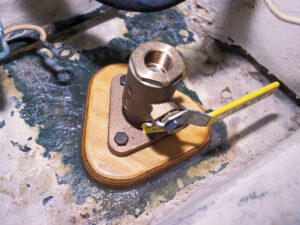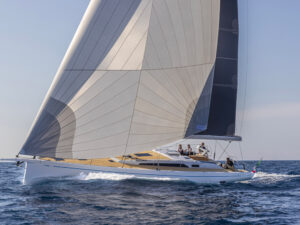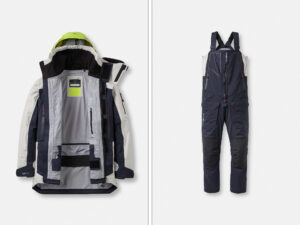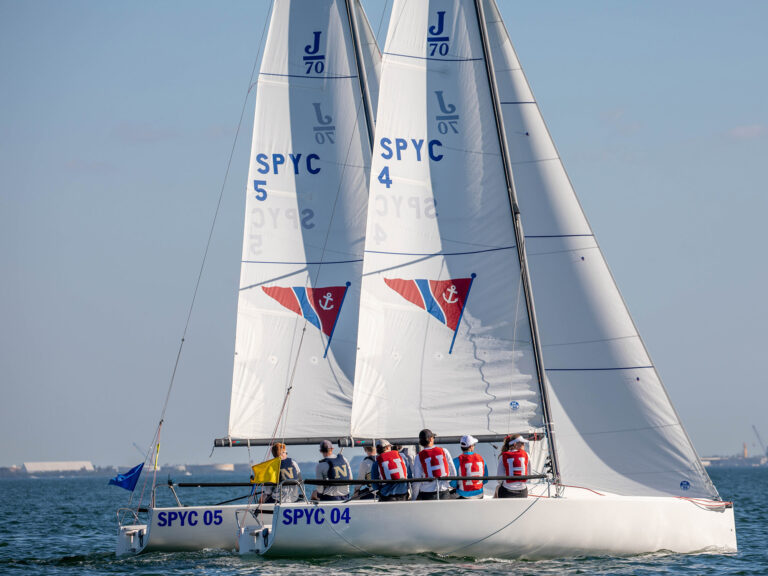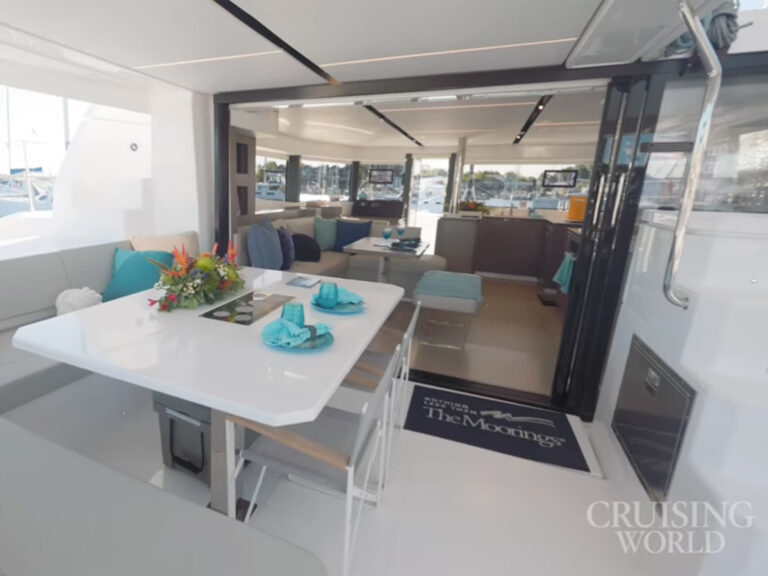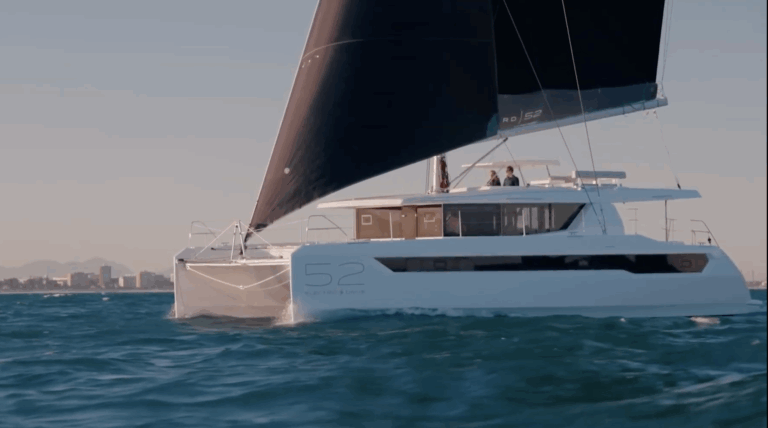
Antenna
The coaxial cable that connects a radio or other onboard gear to an antenna is a key link in the communications chain. So when installing new equipment, be sure that the cable you choose complies with the manufacturer’s recommendations. These guidelines are nearly always frequency-driven.
The reason that frequency is so important in cable selection is because the higher the frequency, the greater the potential for signal loss from the cable. So keep in mind the following: Gear that operates at higher frequencies must use higher-efficiency, lower-loss cable, and the runs between the receiver/transceiver and the antenna should be kept as short as possible.
While it goes without saying that low-loss cable and short runs are always desirable, these become more critical with regard to VHF radios, A.I.S. sets, and cellular/WiFi gear. Although the loss characteristics aren’t as great with SSB, HF, and shortwave radios, these installations still can and regularly do suffer from poor cable selection, unnecessarily long runs, or a combination of the two.
As an illustration of how coaxial-cable loss may affect transmission characteristics, assume that a VHF radio is installed in the cockpit aboard a 36-foot sloop. The cable run from the radio to the antenna, which is mounted at the masthead, is 65 feet; this assumes that the installer hasn’t left an additional 20 feet of cable coiled up behind a panel, which is highly undesirable but not uncommon. Remember, cable run is a measure of actual linear feet of wire rather than the imaginary straight line drawn between the antenna and transceiver.
The output of the VHF radio on most channels is 25 watts. Say that the cable that’s been chosen, for this example, is a common type referred to as RG58; it’s about 0.2 inches in diameter, which is gossamer fine. When transmitting, the actual power output at the antenna end of the cable is just 11.4 watts, a reduction of over 50 percent; the rest of the power has been lost in the cable run. It’s true that the type and location of the antenna has an effect on the efficiency of the transmitted signal; however, in plain terms, the lower the cable’s loss, the more power the antenna receives, and the greater are the transmission and reception characteristics.
Given the importance of VHF communication and the desirability for maximum range, only the highest-quality, lowest-loss cable should be used in these applications. If you substituted a high-quality, low-loss cable such as Times Microwave LMR 400 for the cable in the above example, the power output at the antenna would increase from 11.4 watts to nearly 20 watts.
Interestingly, the lowest-loss cables aren’t always rated for marine use. However, provided that they’re installed properly, don’t let that stop you from using them. In fact, LMR 400 isn’t a “marine” cable per se, but I’ve successfully used thousands of feet over many years. Try it on your boat and see if the improvement isn’t loud and clear.
Steve D’Antonio offers services to boat owners and buyers through Steve D’Antonio Marine Consulting (www.stevedmarineconsulting.com)

